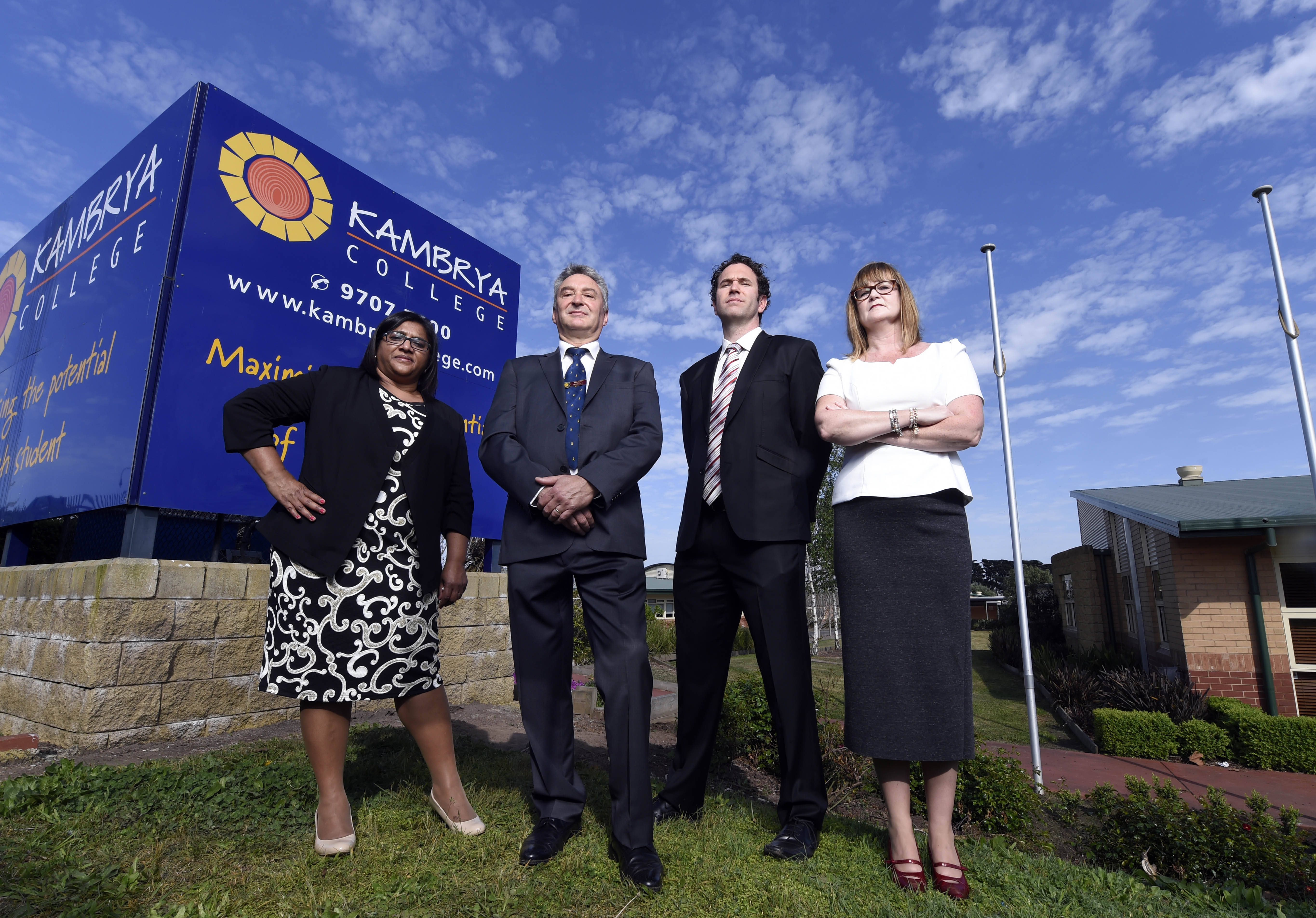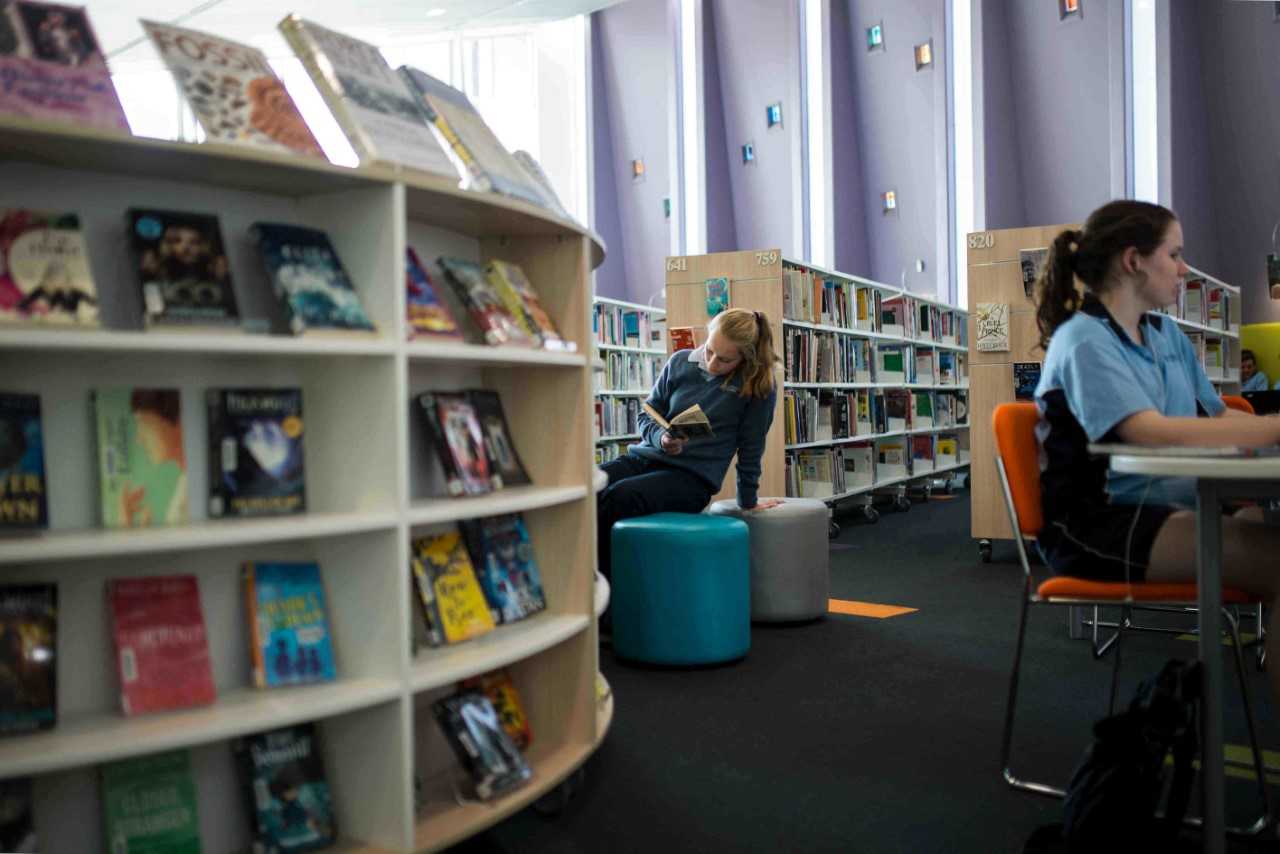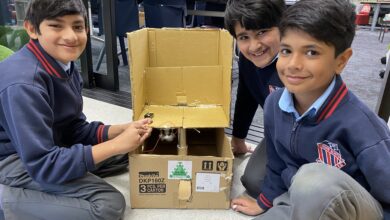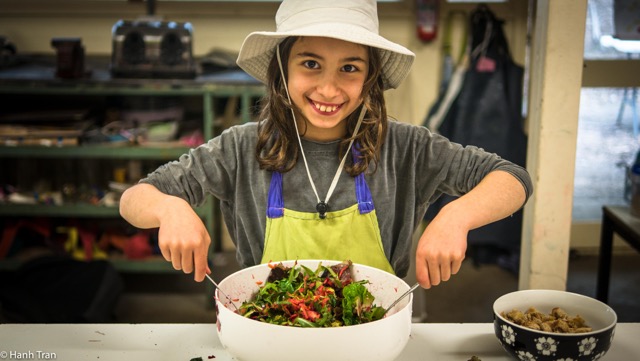
It’s become a ritual in our family – after a long day at his rowing regatta, my 17-year-old son and I get fast food on the way home. I am sure there are far more nutritious ways to replace the calories he’s burned. But I make no apologies for the pit stop.
The food is a treat for trying hard all day – rather than whatever place he might have come. I am also sure my son would still compete if there were no hot chips to follow, as he loves the sport.
But parents are often offering their children rewards for to encourage or discourage all sorts of behaviours. They do this from a very young age.
Read the latest print edition of School News HERE
Think of the star chart on the fridge for the 18-month-old to use a potty. Or the ice cream for dessert if homework is done, or a goal is scored at football. For older kids, there might be financial rewards for As in exams.
Is this the best thing to do?
It seems natural to offer a reward
Parents offer rewards because they think it will help a child reach a desired goal.
Kids often need encouragement to do the right thing, even when they absolutely do not feel like doing it. One of our main jobs as parents is to help children learn how to behave, find coping mechanisms when times are tough and reach their potential.
The rewards approach is also used in school classrooms. Kids are offered inducements such as stickers, stamps, early marks and free time if they finish early or do what they are told.
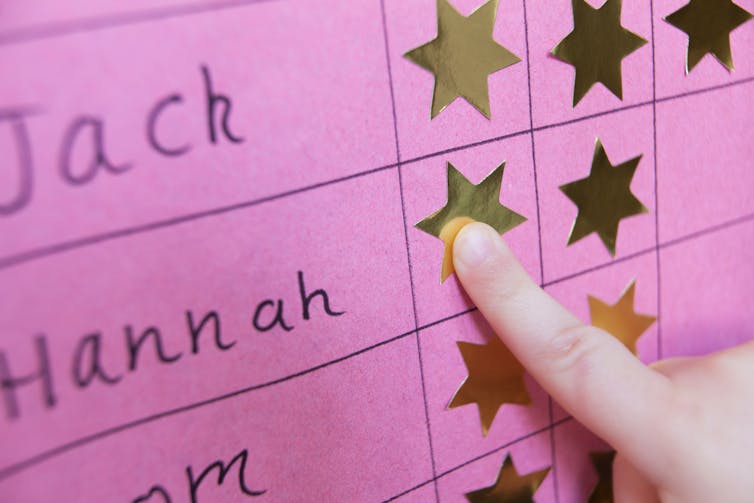
The problem with this (even though kids tend to love it) is it may change the behaviour in the moment, but it’s unlikely to change anything long term.
It means children are working for a reward, rather than engaging with learning or taking their own initiative.
A narrow view of success
By using reward in this way, we paint “success” as a specific outcome, rather than the effort a child or student puts in.
It’s also arguable managing failure is just as important as achieving success. Offering stickers is not going to build psychological resilience or teach kids how to hold space for big feelings or self compassion.
We also know socioemotional and academic development varies wildly for children and teenagers. So definitions of “success” should be flexible enough to accommodate this.
How to frame success for your child
If we want to set young people up as lifelong learners – who will be self-motivated and able to manage their emotions – education and psychology research tells us there are healthier ways to approach success.
Talk about effort not success
This means you are focusing on the process, not the end result. This is more within a child’s control. For instance, if the child is competing in sport, keep the conversation on the number of times they have trained, rather than whether they got a particular time or place.
If they are doing an important exam, focus on how much they have progressed during the year to get to this point, rather than a certain grade.
Focus on what intrinsically drives a kid
By supporting our children in their passions, we also take a strengths-based approach. This means honing in on existing passions, rather than hassling them about problems or things they are less enthused about.
It remains a mystery to me why you would want to climb out of bed at 4.45am to row on icy water. But my son loves to keep fit and be with this friends. It is also a good outlet for any teenage tendencies towards risk-taking. So this means supporting his need to connect, belong and push himself physically (even if it does mean some very early car trips to training).
But another child might be fascinated by playing chess, cheerleading or cooking. These can all involve communication, negotiation, skill development, patience and detailed processes. So success – if and when it comes – is just a bonus.
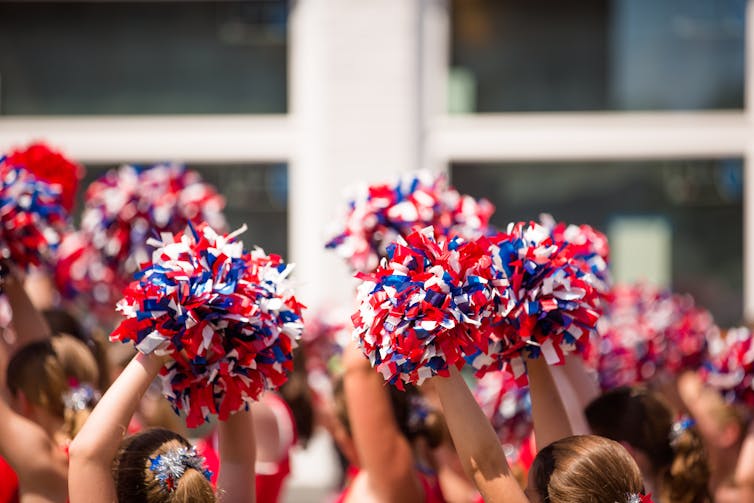
Keep your love and care unconditional
You may be proud of your kids for achieving something big (such as a certificate at school assembly, or a good grade in a music exam). But your love and care for them should not change.
By the same token, if they get sent out of assembly for talking or never practise the violin, your love and care also does not change.
Don’t say harsh and hurtful things
We all get frustrated with our kids. We all wish they would just do what they need to so we can all get through our day.
But unfortunately, you are the grown up. So, phrases like, “and THIS is why you won’t make the team” or “why you can’t you be more organised like sibling A or B?” are also profoundly unhelpful. They can undermine your child’s self-esteem and confidence. Even if you think it, do not say it.
So, by all means, give your child a treat. And celebrate special occasions. But try to avoid consistently offering rewards as incentives to do or achieve certain things.![]()
Sarah Jefferson, Senior Lecturer in Education, Edith Cowan University
This article is republished from The Conversation under a Creative Commons license. Read the original article.

